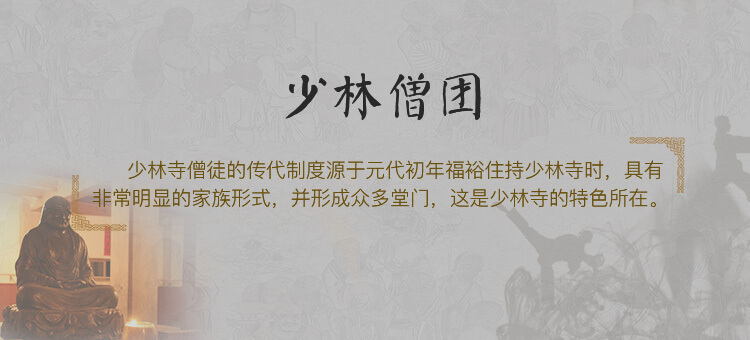
Would you please give some account of the etiquette and life style of a monastic community?
What is the meaning of “Conglin Qinggui”?
Are there regular meetings of the Sangha?
Chan Medicine and Acupoints
pursuing one’s self-cultivation in the milieu of everyday life in the mundane world
The Quintessence of Buddhism Is Its Religious Practice
To meet the need to extensively spread Buddhism, a peculiar style of literature, “Bianwen”, evolved. It actually springs from a style of songs and odes popular in ancient times. Bianwen is the expression of Buddhist scriptures in common words for easily narrating and singing. Various Bianwen discovered inside the Dunhuang Caves are popular literary works whose ease, verve and richness of imagination contributed to the subsequent popular forms of Chinese literature such as Pinghua, novels and plays. Besides, another special style named Recorded Utterance, arose out of the records of conversations and inculcations of the Chan masters. This simple and lively oral style was later followed by the Neo-Confucianist scholars in the Song and Ming Dynasties and many such works were produced. In addition, in the field of Chinese Phonology, a system of phonetic letters known as “Fanqie” developed under the influence of the Sanskrit alphabet. This was popularly used in the old Chinese dictionaries. Generally speaking, the Buddhist manifestations in Chinese literary are varied and colorful.
Are the four Holy Mountains also well-known in the world?
What is the etiquette between senior and junior monks?
what Chan self-cultivation requires a practitioner
Misapprehension on Practicing Buddhism